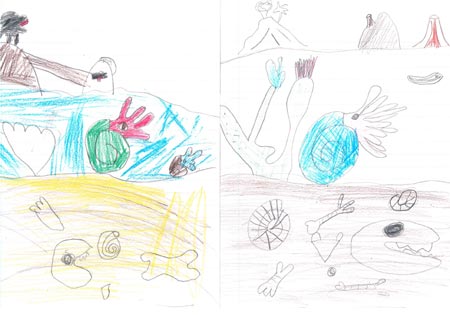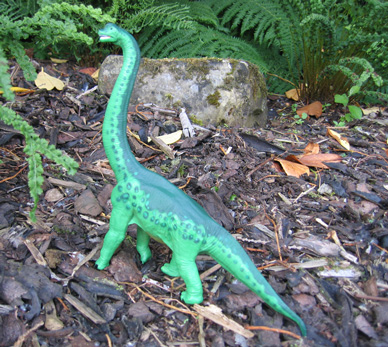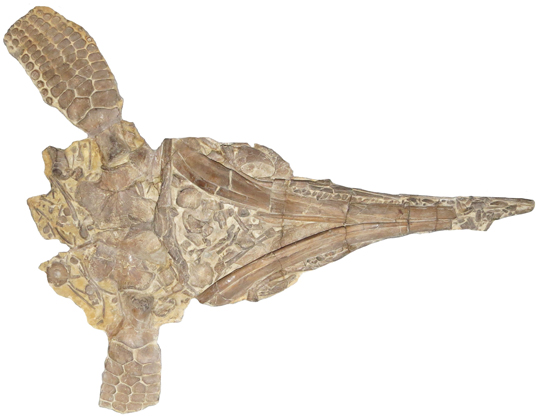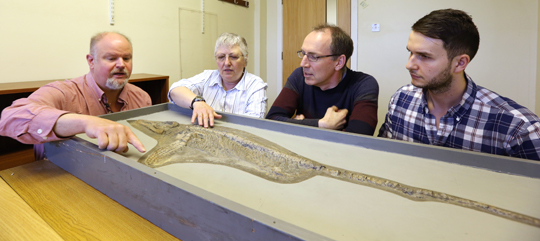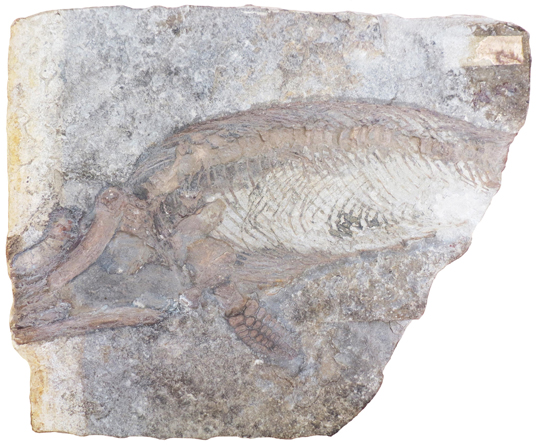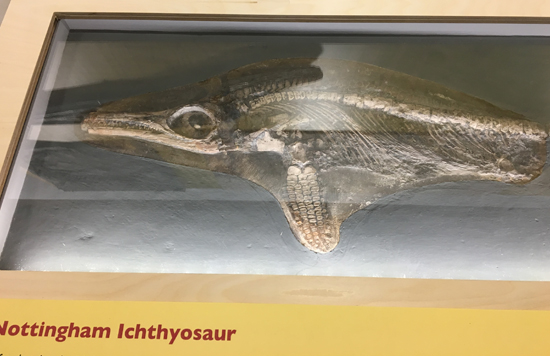Unique Dinosaur Drawings from Galley Common Infants
Dinosaur Drawings from Galley Common Infants School
This week, a team member from Everything Dinosaur visited Galley Common Infants School near Nuneaton to conduct a series of dinosaur and fossil themed workshops in support of the Key Stage 1 term topic. Working with classes 3, 4, 5 and 6 our dinosaur expert met a lot of eager and excited young palaeontologists. One child even brought in a fossil! Another pupil brought in their ammonite drawing. Perhaps, this fossil and the drawing could be put on display in one of the classrooms as part of an exhibition of the children’s work on the term topic.
The dedicated teaching team had produced a varied scheme of work that included lesson plans about the life and work of Mary Anning. The tongue-twister we provided as part of a series of extension resources was well received, as was our idea about developing an experiment to explore why asteroids always land in craters? A tray of flour, some marbles and a cricket ball are all the resources required to give KS1 children the chance to have a go making predictions and at working out what makes a fair test.
This is a fun experiment that helps to reinforce learning about the extinction of the dinosaurs. The children certainly demonstrated lots of knowledge and our thanks to Noah who gave our expert a lovely drawing of an ammonite, having been inspired by the seashells that Mary Anning found.
An Ammonite Drawing – How Many Ammonites can you Count?
Picture credit: Noah/Galley Common Infants School
For educational toys and games: Everything Dinosaur Learning Toys and Games.
Setting Extensions During the Workshops
When working with the four classes, the Everything Dinosaur team member set a number of challenges for the children. One of these challenges involved designing their very own dinosaur. Could they label their dinosaur’s body parts including the skull? Well done to Noah for labelling up his ammonite drawing and for correctly identifying that big ammonites were carnivores. Noah and his friends were fascinated by the spiral shells of these marine creatures and they enjoyed handling the fossils, even the very heavy ones!
A Model of a Brachiosaurus (Herbivorous Dinosaur)
Picture credit: Everything Dinosaur
The model pictured above is from the Wild Safari Prehistoric World collection.
To view this range: Safari Ltd Prehistoric Animal Models and Figures.
An Ammonite Drawing and Bringing Prehistoric Animals to Life
Scientists and artists have always worked together to create illustrations of long extinct creatures. Illustrating fossil finds would have been something that Mary Anning was very familiar with. This talented fossil hunter with very little formal education, taught herself scientific illustration.
During our visit, the children showed us books about fossils and fossil collecting that they had compiled and we were given some drawings to take home. The little boy who gave us the Brachiosaurus picture also drew a Spinosaurus. He explained that Spinosaurus was a carnivore and that this was his favourite dinosaur. For a few minutes in between workshops, our school visitor was able to talk to the children who had created the books and drawings. The teaching assistant was most impressed when the children could identify which prehistoric animals were carnivores and which ones were herbivores.
Visit the Everything Dinosaur website: Everything Dinosaur.


